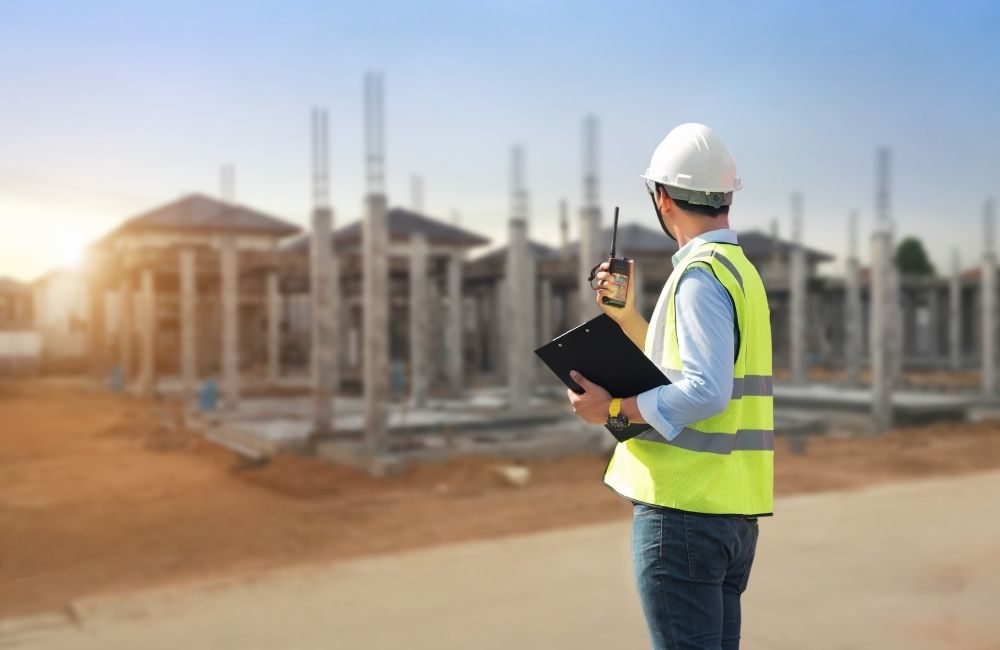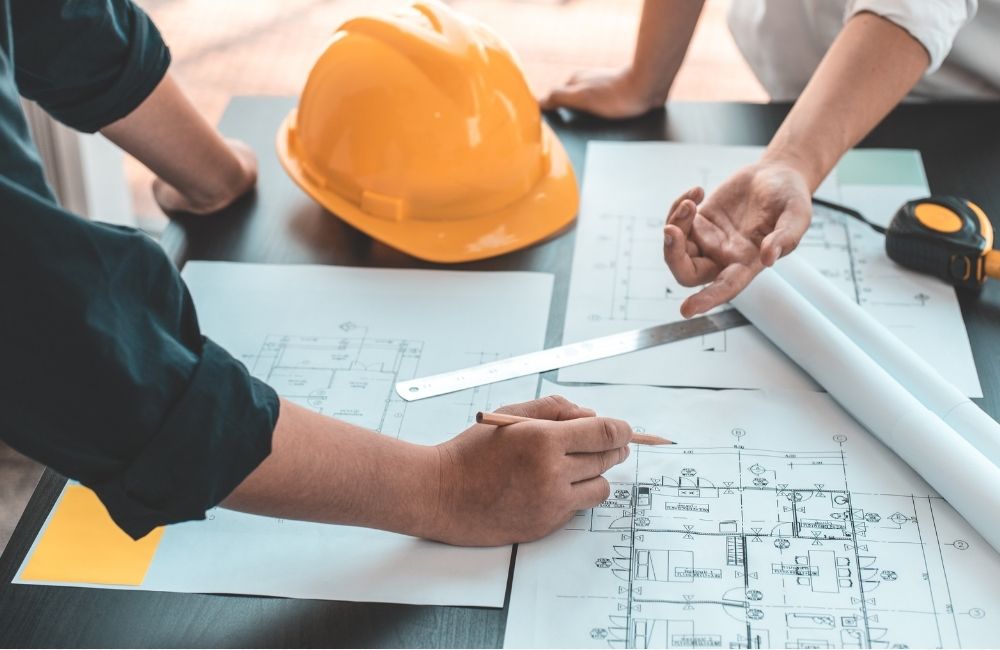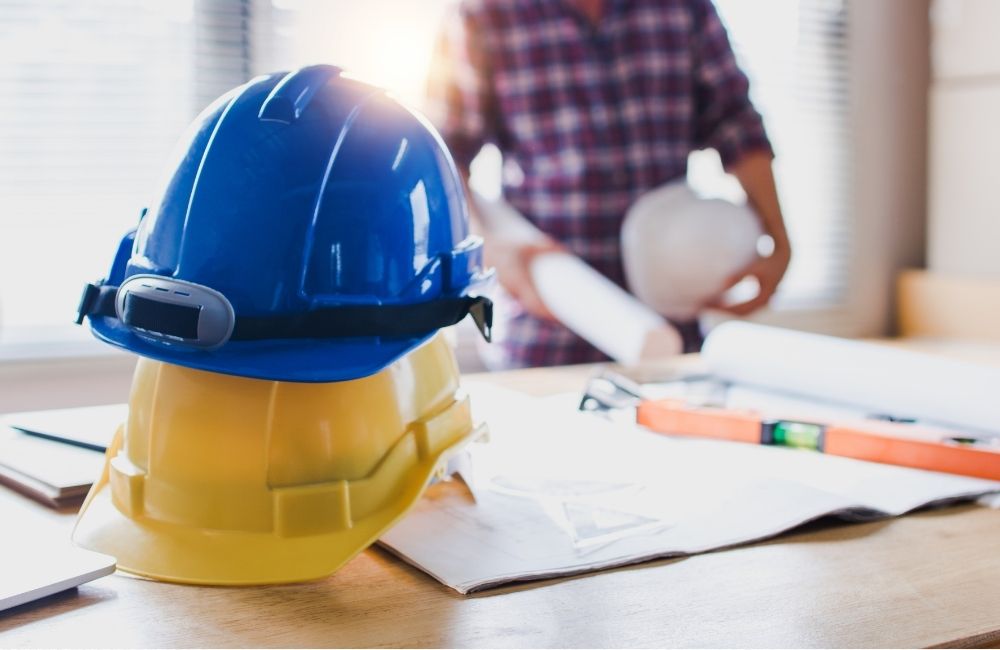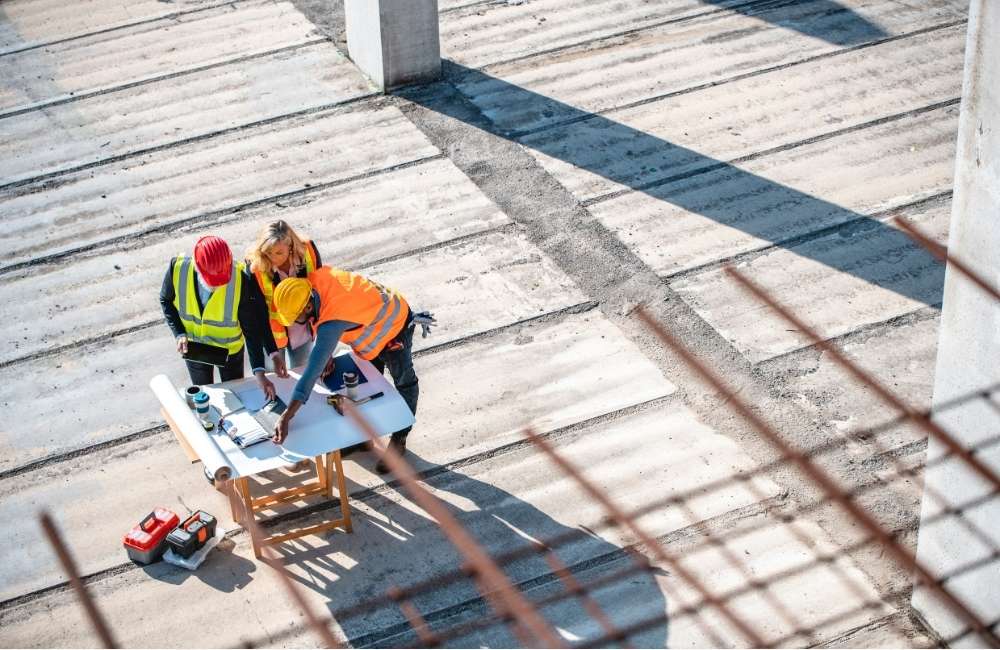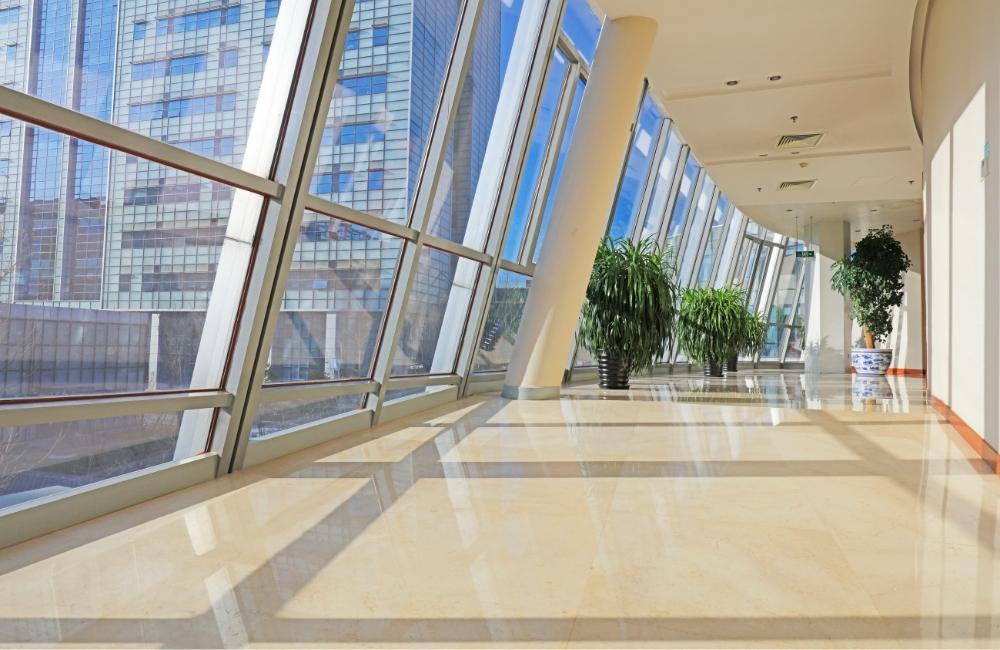Sustainable construction has become a critical focus in the modern building industry as the need to reduce environmental impact grows. Incorporating green technologies not only helps conserve natural resources but also improves energy efficiency and occupant health. These technologies range from innovative materials like biodegradable composites to advanced systems like geothermal heating.
What is Sustainable Construction?
Sustainable construction involves using renewable and recyclable materials to reduce energy consumption and waste, aiming to minimize environmental impact. This ensures that both the building process and the final structure are eco-friendly. Often referred to as green construction, it focuses on selecting materials and methods that benefit the environment.
8 Technologies Used in Sustainable Construction
1. Solar Power
Passive solar design requires no advanced technology as it uses strategic window placement to naturally heat a home. Active systems, such as solar panels on the other hand, convert sunlight into heat for air or water, reducing reliance on nonrenewable energy sources and cutting greenhouse gas emissions. The long-term energy savings typically offset the initial installation costs making it a key technology for sustainable building practices.
Pros
✔ Requires minimal maintenance once implemented.
✔ Utilizes natural sunlight without any emissions.
Cons
✔ Less control over temperature regulation compared to mechanical systems.
✔ Needs careful planning during the design phase.
2. Zero Energy Home
Zero energy buildings, or zero net energy buildings, operate independently of the traditional electric grid by generating their own power through renewable sources like solar and wind. These buildings are designed to be highly energy-efficient, with features such as excellent insulation and passive solar design. Though costly, these buildings significantly reduce carbon emissions and energy consumption.
Pros
✔ Reduces utility bills significantly over the lifespan of the building.
✔ Often qualifies for tax breaks and incentives.
Cons
✔ Involves integrating multiple advanced systems.
✔ Less common, which can affect resale value and market acceptance.
3. Electrochromic Smart Glass
Passive solar energy uses windows to capture sunlight for heating, but managing the excess heat during summer can be challenging due to the increased intensity and directness of sunlight. A promising solution is smart glass, or electrochromic glass, which uses electricity to adjust its light reflection. This technology allows you to control how much sunlight you want to block. As such, developers anticipate HVAC reduction costs by up to 25%. Integrated with smart building systems, smart glass can automatically tint during peak sunlight hours and clear up later.
Pros
✔ Provides a sleek, modern look while improving functionality.
✔ Blocks harmful UV rays, protecting interior furnishings.
Cons
✔ Requires a small amount of electricity to change the tint.
✔ Not as widely available as traditional glass, potentially increasing lead times.
4. Stormwater Management
Stormwater management is crucial in both rural and urban areas to prevent erosion and flooding. In rural areas, it helps preserve natural landscapes and protect agricultural land from water damage. In urban areas, it mitigates the effects of heavy rainfall on densely built environments, reducing the risk of flooding and water damage to infrastructure. The U.S. Environmental Protection Agency (EPA) promotes green infrastructure using plants and soil to manage and purify stormwater.
Pros
✔ Creates habitats for local wildlife with green infrastructure.
✔ Reduces the risk of flooding in urban areas.
Cons
✔ Requires dedicated space, which can be challenging in dense urban environments.
✔ Needs careful planning and design to integrate effectively.
5. Rammed Earth Brick
Rammed earth is an eco-friendly construction material known for its ability to regulate building temperatures, which keeps interiors cool in summer and warm in winter. It generates fewer emissions during construction compared to traditional methods. While not mainstream, specialized contractors design sustainable homes, eco-friendly buildings, and community structures such as schools and cultural centers using this technique.
Pros
✔ Extremely durable and can last for centuries with minimal maintenance.
✔ Offers a unique, natural look that blends with the environment.
Cons
✔ Construction process can be labor-intensive and time-consuming.
✔ May require additional insulation in extreme climates.
6. Green Insulation
Green insulation uses recycled materials like denim and newspaper, making it an eco-friendly alternative to traditional fiberglass insulation. Cotton insulation is made from recycled denim, while cellulose insulation uses recycled newspapers and can be sprayed into walls and attics. This sustainable technology reduces waste, improves energy efficiency, and avoids the health risks associated with fiberglass.
Pros
✔ Some green insulation materials offer better fire resistance.
✔ Provides excellent soundproofing capabilities.
Cons
✔ Some materials can be sensitive to moisture and may require protective measures.
✔ Can be heavier than traditional insulation, affecting the structural load.
7. Geothermal Heating
Geothermal heating, a sustainable construction technology, harnesses the Earth's natural energy for heating and cooling. Pipes buried underground stay at a stable 60°F (15.5°C) year-round. A water/antifreeze mixture is then used to transfer heat to a heat pump. This system efficiently generates more energy than it consumes, reducing reliance on fossil fuels.
Pros
✔ Once installed, operating costs are very low.
✔ Geothermal systems operate quietly compared to traditional HVAC systems.
Cons
✔ Installation can be disruptive to the landscape.
✔ Requires electricity to run the heat pump, although much less than conventional heating systems.
8. Cool Roofs
Cool roofs are designed to reflect more sunlight and reduce heat absorption compared to traditional roofs, significantly lowering roof temperatures and improving interior comfort. This reduces the strain on air conditioning systems, leading to lower energy consumption and emissions. Made from materials like reflective paint and cool roof shingles, they help mitigate the urban heat island effect where urban areas experience higher temperatures than their rural surroundings. Cool roofs are a sustainable construction technology that enhances energy efficiency and reduces environmental impact.
Pros
✔ Reduces thermal expansion and contraction, extending roof life.
✔ Enhances indoor comfort by reducing temperature fluctuations.
Cons
✔ More effective in hot climates; benefits are less noticeable in cooler regions.
✔ Reflective surfaces can cause glare, which may need to be managed.
Why Sustainable Construction Matters
Sustainable construction is essential because it offers numerous benefits:
- Environmental Impact Reduction: Sustainable construction reduces waste by utilizing recyclable materials and efficient building techniques. It also lowers carbon emissions through the use of renewable energy sources and improves energy efficiency, decreasing the overall environmental impact.
- Enhanced Financial Benefits: Green buildings have lower operational costs due to energy-efficient systems and water-saving features. They offer a higher return on investment by attracting eco-conscious tenants and benefiting from government incentives and tax breaks.
- Promotes Social Responsibility. Green buildings offer more than just environmental and financial advantages. They significantly impact society by promoting corporate social responsibility, enhancing corporate reputation, and attracting investors. These benefits help drive the growth of sustainable construction practices.
Challenges of Sustainable Construction
Sustainable construction aims to minimize environmental impact and enhance energy efficiency, but several obstacles can hinder its widespread adoption. Here are some of the main challenges faced in sustainable construction:
High Initial Costs
While green buildings and sustainable materials foster long-term financial benefits, they often have higher upfront costs compared to traditional construction methods. These include advanced building materials and energy-efficient systems, which can be a financial barrier for many projects.
Limited Availability of Sustainable Materials
Eco-friendly materials are not always easy to find, leading to higher costs and logistical challenges. The scarcity of these materials can hinder their use in construction projects. Increasing the supply and distribution of sustainable materials is essential for wider adoption.
Regulatory and Policy Barriers
Some building codes and regulations do not support sustainable practices, such as restrictions on the use of recycled materials, limitations on solar panel installations, and requirements for traditional insulation methods, making it difficult for builders to implement green construction methods. Navigating these regulatory hurdles can be complex and time-consuming.
Resistance to Change
The construction industry often prefers traditional methods and may resist adopting new sustainable practices. This resistance can stem from a lack of awareness or perceived risks associated with new technologies. Promoting the benefits and successes of sustainable construction can help overcome this reluctance.
Measurement and Verification
Accurately measuring the performance of sustainable buildings is challenging and requires specialized tools and expertise, such as energy modeling software, air quality monitors, and thermal imaging cameras. This is a challenge because it involves detailed analysis of various factors, including energy consumption, environmental impact, and overall sustainability, which demand precise data collection and interpretation.
How to Overcome Sustainable Construction Challenges
Overcoming the challenges in sustainable construction requires a strategic and collaborative approach. Engineering and construction companies need to adopt new technologies, prioritize sustainability, and work closely with various stakeholders. Here are key strategies to address these challenges:
Define a Vision and Develop a Roadmap
Companies should start by setting a clear vision for sustainability and outlining a step-by-step plan to achieve it. This roadmap should include specific goals, timelines, and measurable outcomes. Companies can stay focused and track their progress effectively by having a well-defined plan.
Prioritize Sustainability Projects
Focusing on sustainability-targeted construction and retrofitting projects can drive significant progress. Companies can allocate resources more effectively and showcase the benefits of sustainable practices by prioritizing these projects. This approach helps in building a portfolio of successful green projects that can serve as models for future developments.
Collaborate with Sustainable Suppliers
Forming partnerships with suppliers who specialize in sustainable materials and technologies can streamline the process of sourcing eco-friendly options. By working closely with these suppliers, companies can stay updated on the latest sustainable products, negotiate better pricing, and ensure a reliable supply chain for green construction projects.
Promote Data-Sharing Standards
Establishing common data-sharing standards can enhance collaboration and transparency across the industry. When companies share data on sustainable practices and project outcomes with their teams, contractors, and industry partners, it helps in identifying best practices and improving overall performance. Data-sharing can also drive innovation and foster a culture of continuous improvement.
Partner with Claris Design⸱Build for Sustainable Projects!
At Claris Design⸱Build, we elevate your construction project with sustainable, innovative solutions. Our skilled architects and commercial builders specialize in seamlessly integrating design and construction to create eco-friendly, modern buildings. With an industry-leading Insurance Safety Modification rate of 0.87, we prioritize safety as much as sustainability.



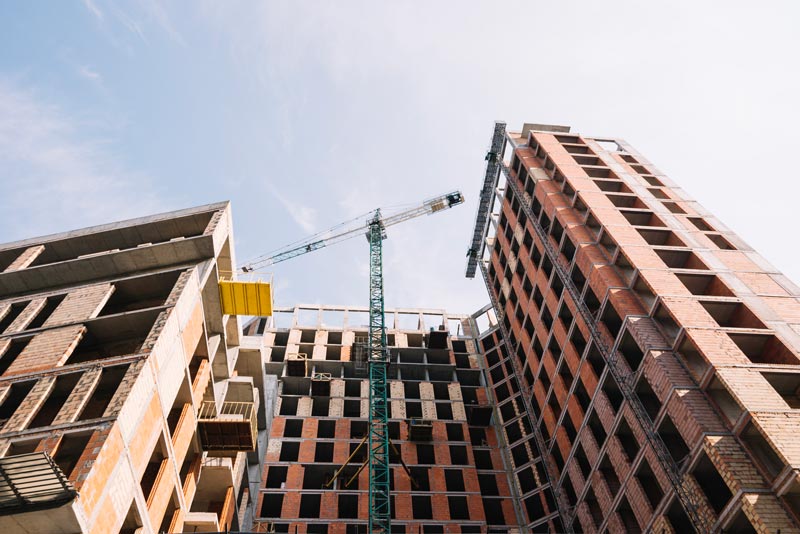
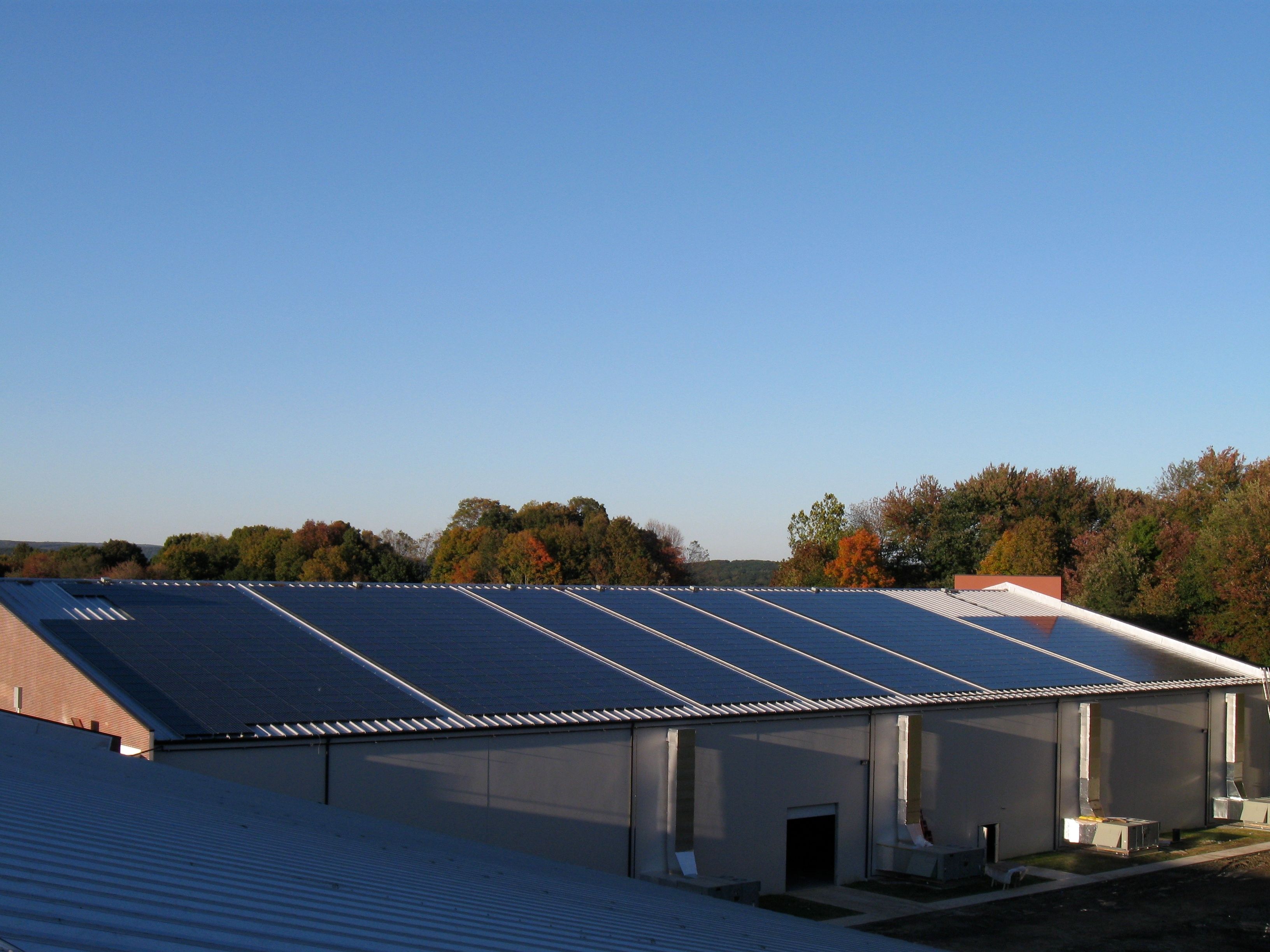

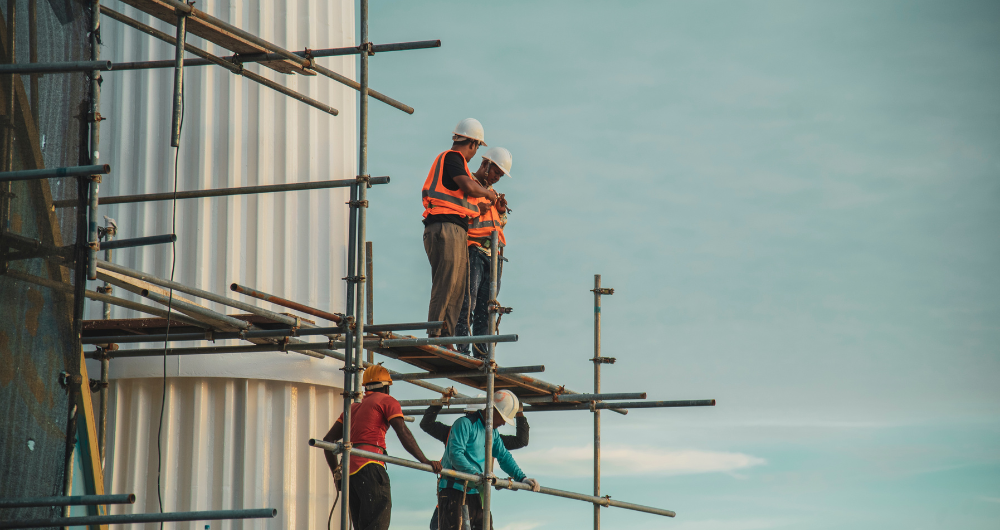
![[2025 UPDATE] Commercial Construction Cost per Square Foot in the US](https://www.clarisdesignbuild.com/wp-content/uploads/2025/04/2025-UPDATE-Commercial-Construction-Cost-per-Square-Foot-in-the-US-3.jpg)
